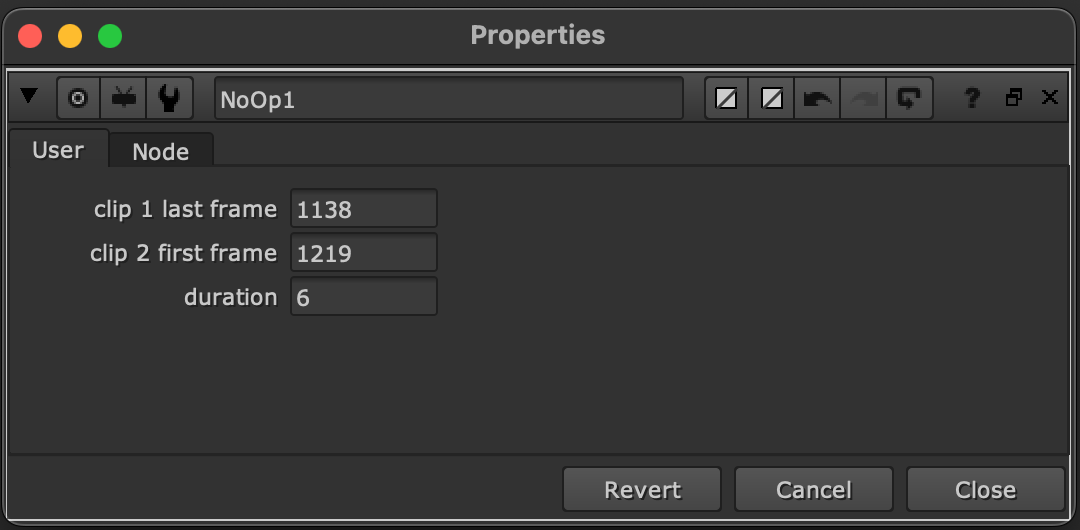We want to shorten the amount of time the actor waits before standing up in one of our shots. The first idea that came to mind was using the morph transition that is available in many NLEs. After trying it, it left too many artifacts and lacked the controls needed to fix them and refine the effect the way we wanted.
I wanted to try approaching it in Nuke. I used the idea of the morph transition as a starting point, as I wanted to automate the process as much as possible. The difference with doing it in Nuke is it allows us to break open the effect and tweak it where it goes wrong.
I’m aware of a couple different methods of doing this, such a spline warp and smart vectors. I tried smart vectors first because it is what I’m more comfortable with. It also means this set up can be plugged into any shot and work with no preparation.
I started by chopping out the section to be discarded using frame range nodes, then appending them back together. I then ran smart vectors over the jump. Using the frame before and after the jump, I generated ST maps from the smart vectors. These are then applied to the opposite frame and dissolved with a default ST map to get the before and after frames to match each other. It’s then as simple as dissolving between the clips themselves at the same time as the ST maps and the effect works.
To make it easier to use and experiment with different start/end points, I expression linked the setup to a node with controls. Annoyingly, the vector distort node doesn’t allow expression linking on the reference frame knob. I was able to get around it though with a little Python. Adrian Pueyo’s KnobScripter made that process easier.
Here’s my set up:



Here is the result with no additional adjustments. It’s pretty clean except for a small issue with the mouth that I’ll fix. The left is the original clip, and the right is shortened with the morph.